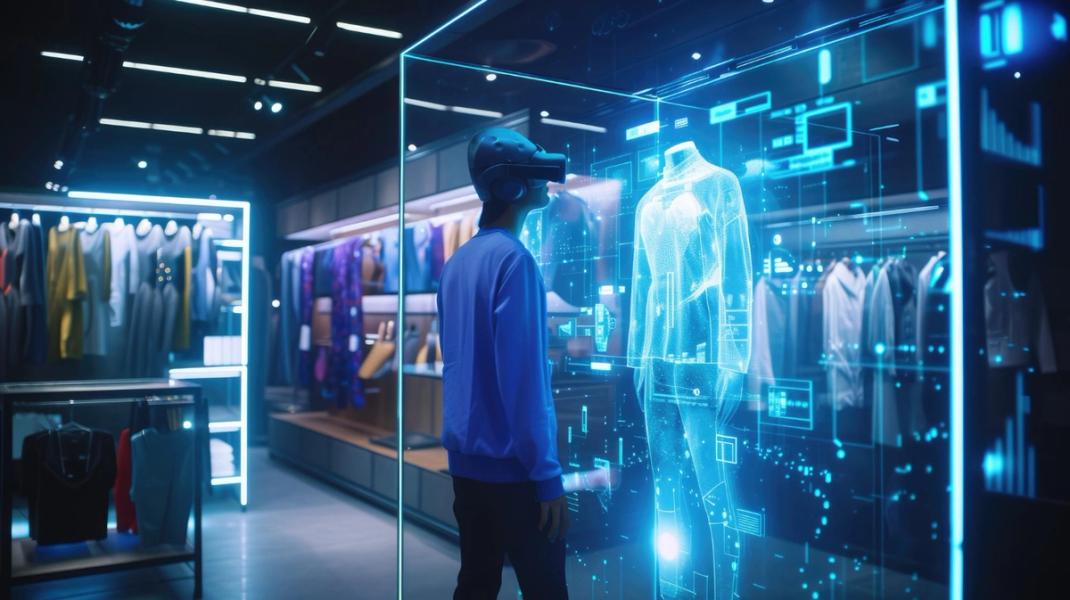Virtual Try-On Tools: A Win-Win for Retailers and Shoppers
In the era of digital transformation, the retail landscape is being reshaped by innovative technologies — and virtual try-on tools are at the forefront of this shift. These tools use augmented reality (AR), artificial intelligence (AI), and computer vision to allow shoppers to "try on" clothes, accessories, or makeup from the comfort of their own homes. But the benefits go far beyond convenience.
Enhancing the Shopping Experience
For shoppers, virtual try-ons bring confidence. No more guessing if a shade of lipstick suits your skin tone or if a jacket will fit your frame. With just a smartphone or webcam, users can see realistic previews in real time, making online shopping more interactive and personal.
Boosting Conversion and Reducing Returns
For retailers, these tools are a game-changer. By offering virtual try-ons, brands report higher engagement rates, increased conversion, and — most importantly — fewer returns. With fewer product mismatches, businesses save on logistics and build stronger customer trust.
Supporting Sustainability Goals
Virtual try-ons also support sustainability. By reducing the need for multiple size orders and return shipments, brands lower their carbon footprint. It’s a step toward greener e-commerce.
Key Industries Embracing the Trend
From fashion and eyewear to beauty and jewelry, industries are investing heavily in virtual try-on tech. Major brands like L’Oréal, Warby Parker, and Nike are already leading the charge.
The Future: Personalization and AI
Looking ahead, expect virtual try-ons to get even smarter. AI will help tailor suggestions based on a user’s body type, preferences, and even past purchases — creating a seamless, customized experience.

